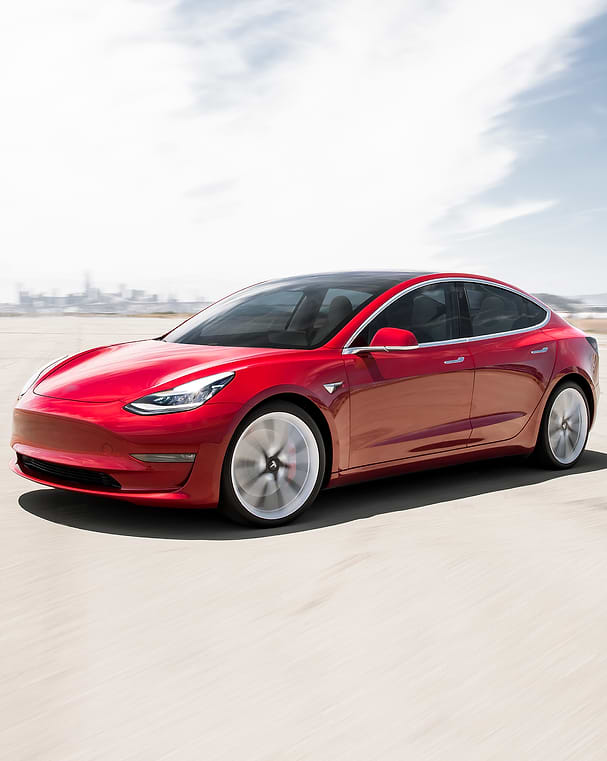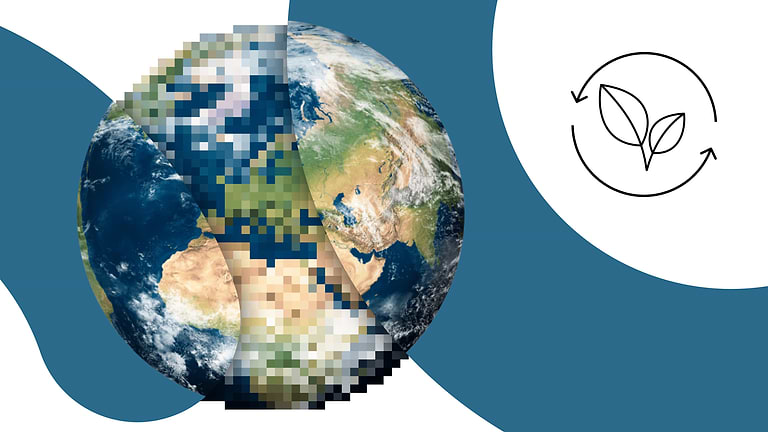MAKING A MORE SUSTAINABLE INTERNET
Much of our lives are spent online and every click or email sent is consuming energy. Learn how you can make the internet more sustainable.
PAPERLESS ISN’T AS GREEN AS YOU THINK
When we think of the internet, we think paperless and green. That online communication is better than our old world of faxes, filing cabinets and endless documents. Companies such as Google advocate and practice carbon neutrality. We don’t think of the impact of our day-to-day work and play that takes place in the virtual space. Shocking to some, the reality is that the internet accounts for a tremendous amount of waste that harms our planet.
THE INTERNET’S BIGGEST TOLL: ELECTRICITY AND CO2
Some believe the internet will consume 20% of the world’s electricity by 2025. Even more unsettling is the digital carbon footprint that data consumes every year. Scientifically researched estimates believe that the internet accounts for 3.7% of the world’s carbon emissions and will double in the next few years. While fossil fuel consumption for transportation, heating, etc., is the #1 aggravant to the stability of our environment, internet usage is currently on par with the airline industry, who prominent environmentalists in America have advocated to abandon or severely limit. As the internet and the amount of data grows exponentially online the problem is set to get worse, even as most of the tech leaders make in earnest energy efficiency pledges to become carbon neutral in the coming years and decades.
DOES YOUR DATA USAGE HARM THE ENVIRONMENT?
So what is an environmentally conscious person or business to do? Much of our lives are spent online and every click or email sent is consuming energy. The good news for alarmists is that our yearly social media consumption only mirrors something closer to ~100 miles driving a car, so our physical carbon footprint is much greater. However, any individual step towards collectively limiting our consumption of electricity will make an impact if others follow. The inherent issue is that blacking out our social media will not begin to make a real dent in the global problem where internet usage grows every year and the amount of data being processed continues to grow with heavier files on faster-loading devices. It’s also a great inconvenience that we should not even consider. The goal should be to optimize our digital footprint and continue to make strides towards carbon neutrality.
As it stands now, our data consumption, watching streaming videos, sending emails and mucking around on social media is taking a toll on the environment in ways that are hard to imagine. The average social media user is emitting around 40kg of carbon a year, just from their activity. When you click on youtube, your device is accessing data from a server, in the case of YouTube (which is a Google company), your device accesses the funny video from a huge server farm. As Google is ahead of the curve on sustainability, the impact is optimized to eliminate carbon waste and the company finds other means of reducing the company’s overall carbon impact, usually by buying carbon credits so that it is carbon neutral, even as it emits a substantial amount of carbon.
ARE DATA CENTERS MAKING THE BIGGEST ENVIRONMENTAL IMPACT?
That is because the energy for the servers’ housing and disseminating data require a significant amount of cooling and electricity for every transference of digital information in their data. What we think of as the cloud are really gargantuan data centers. Their scope is massive, wires and servers end to end, in buildings as large as 10 million square feet. While the size, scope and prevalence of data centers does not prove to be a pressing danger, the fossil fuels like coal powering them do. This is much of the reason some large online conglomerates are producing 70 million plus tons of carbon emissions per year.
One of the clear ways to make a seismic shift in data usage is to limit the amount of data transferred. The average website’s weight consists of 90% media. Companies like Netflix have adopted smarter media formats to load faster and eliminate page weight without huge sacrifices in visual quality. However, a new technology has transformed the landscape of media optimization.
HOW YOU CAN MAKE A REAL ENVIRONMENTAL IMPACT WITH MEDIA AI-OPTIMIZATION
SpeedSize utilizes the principles of neuroscience and AI machine-learning to produce images and videos up to ~99% smaller in file size without compromising any perceptible visual quality. A SpeedSize optimized site will significantly reduce its weight automatically. The average website with 1 million unique monthly visitors emits ~21,000 kg of CO2 a year. One SpeedSize client, a medium enterprise luxury gift retailer, shaddy.jp, that averages 500,000 visitors monthly would emit 10,500 kg of CO2.
However, by implementing SpeedSize, shaddy.jp was able to reduce their page weight by 58% (3.9MB → 1.6MB). Theoretically this reduced their carbon footprint by over 6 metric tons. Imagine the impact it would have on Amazon with roughly 5,000 times the traffic.
Rather than limiting our media usage and greatly inconveniencing our lives, media optimization can play a huge role in reducing the internet’s carbon footprint on a huge scale for the world’s largest tech companies who are emitting the most CO2, while being taxed heavily for it.
OPTIMIZE YOUR CARBON FOOTPRINT
Image and video optimization not only improves environmental impact, but it also plays a huge role in site performance. SpeedSize™ is the only platform that can optimize media so dramatically without perceptible quality loss. Deliver the best visual quality available to each end user and never again worry about media limitations. Automatically improve your traffic and UX, while you help sustain the planet’s resources.
Let us show you how we can transform your site’s visual experience.
Schedule a free consultation today at speedsize.com





